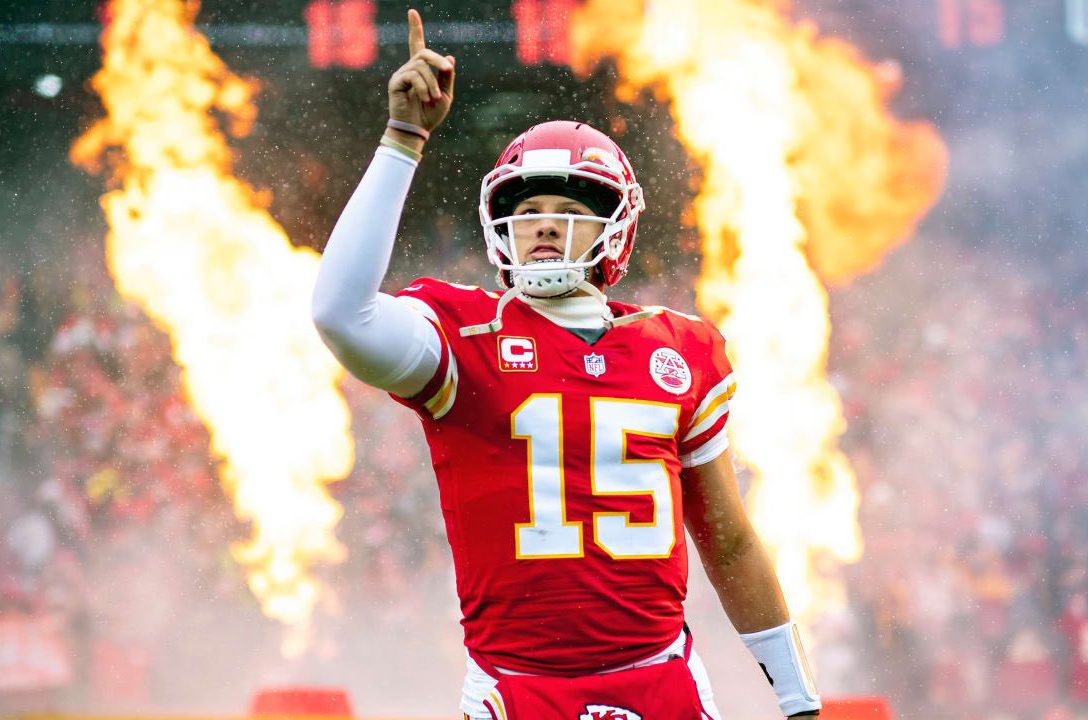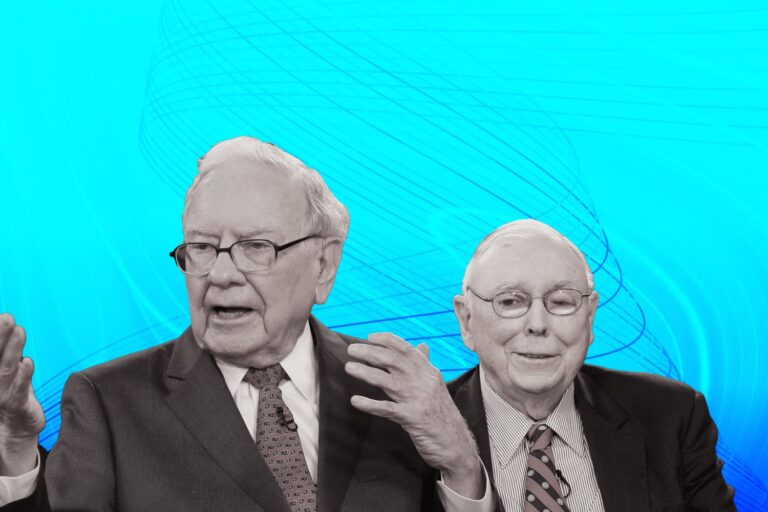What Your Business Can Learn from NFL’s Super Bowl Day
The National Football League (NFL) is considered one of the most popular sports in the United States. The company manages a professional sports league comprised of 32 teams, while offering news, scores, teams, games, tickets, and other related services. The NFL is also one of the sports leagues with the highest revenue and the most valuable teams. They even have a set goal where they intend to raise their revenue to $25 billion. Which could be credited to the NFL stakeholders who are some savvy businessmen to coming up with a solid and profitable business model that meets the high demands that come with running a professional football league.
How Is the NFL Recently?
Consider the case of the National Football League, which is the largest single entertainment property in the U.S., a $14 billion per year attention-sucking machine with a solid hold on the lives of million viewers. However, its future is now in widespread doubt.
For over the last two years, regular-season games’ ratings fell about 17 percent, according to Nielsen, and after one week of play in the new season, viewership has been flat. Especially, February is where you found NFL at their third-straight year of audience drop for the Super Bowl and the smallest audience since 2009. In general, Super Bowl viewer ship reach 111.3M in 2012, rocketing almost above 15M and since then, it starts showing signs of moving downward, in 2018 they have only 103M left, according to Nielsen Kantar Media. Besides, there is also nearly 22 percent decline of youth participation in tackle football since 2012, in the face of an emerging scientific consensus that the game destroys the brains of its players. Which is now the most urgent obstacle the company is facing – health.
In brief, the NFL was truly having its moment back then, yet for now, even the house is not actually on its doom days, you can still see the business is showing some bad symptoms!
How the NFL Generates Revenues?
First, let us talk about the engine of this machine, obviously NFL separates its revenue streams into two groups of “national revenue” and “local revenue.”
National revenue counting TV deals, licensing contracts along with merchandising, which are arranged at the national level by the league itself. After, the money will be evenly shared for the 32 teams despite individual performance. In 2020 only, the league earned over $9.5 billion in national revenue, meaning each team received about $296 million.
Local revenue is in another hand, earned by the teams themselves as concessions, corporate sponsors and ticket sales is collected. In 2020, the Packers earned $211 million in local revenue, 41% of their total revenue that year, which was $507 million.
Anyhow, to have a professional and run one cost quite amount of money. In 2020, the Packers spent $437 million on expenses, for stadium upkeep, marketing, and team and administrative costs, while the remaining $227 million went to players. This leaves the team an operating income of about $34.9 million. According to Forbes, the Dallas Cowboys are the NFL’s richest team, with $980 million in revenue and an operating income of $425 million in 2020.
So, what are the sources to fill the NFL’s pocket?
Merchandising and Licensing Deals
Even though most of its national revenues comes from the jumbo TV deals, the NFL through selling companies the rights to sell items with NFL present, also found huge profit. For example, with a 10-year licensing deal with online sports retailer Fanatics in 2018, while partnering with Nike. The company has made Fanatics the exclusive manufacturer of all adult-sized, Nike-branded merchandise sold through the NFL’s online store.
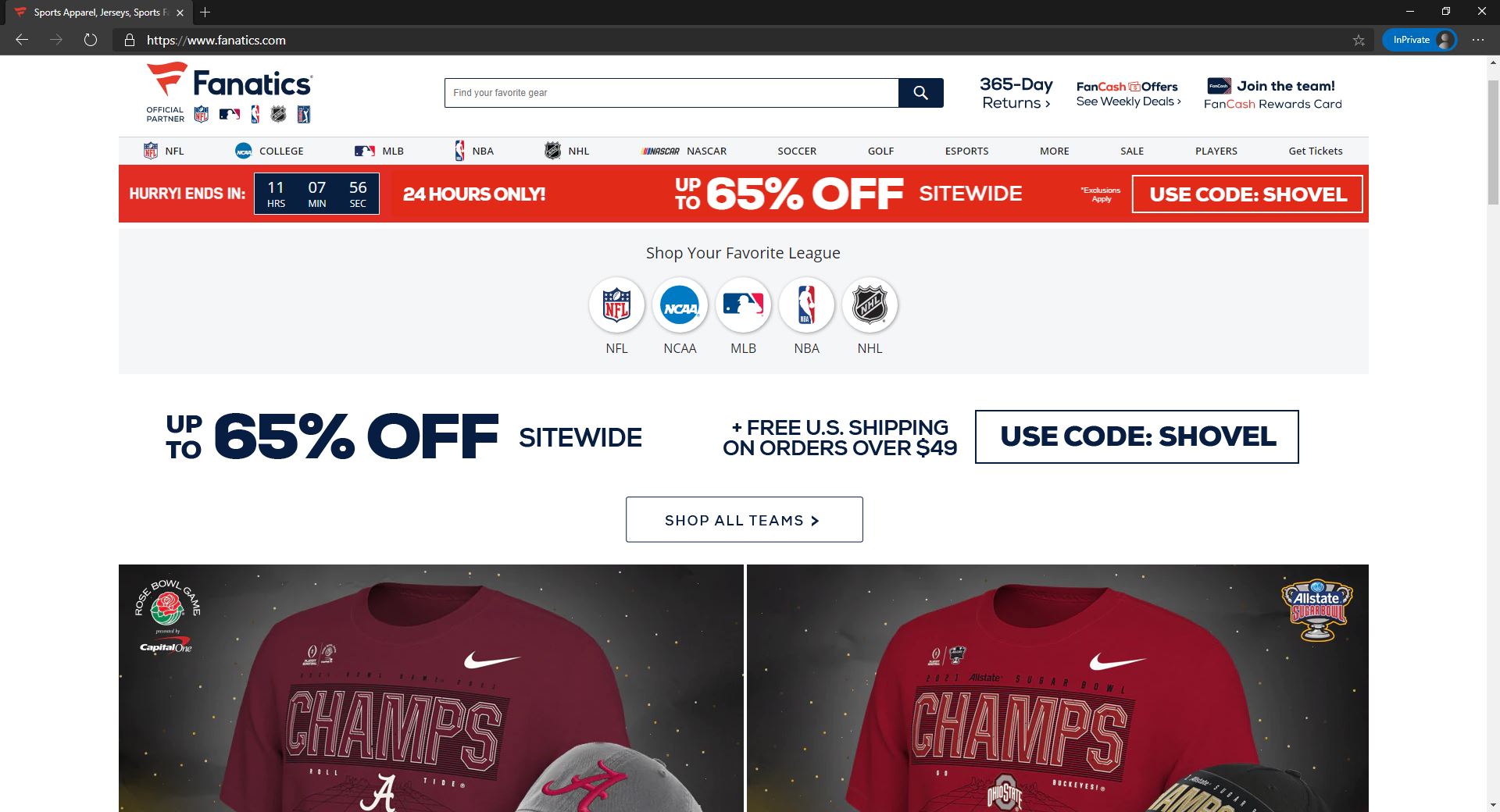
The value of this deal went undisclosed, but in all likelihood, its pennies compared to the NFL’s TV deals. According to Navigate Research, a Chicago-based firm that specializes in the evaluation of sports and entertainment marketing investments, only about 10% of the NFL’s yearly revenue comes from these deals.
Ticket Sales and Concessions
Although ticket sales constitute an important revenue stream for individual NFL teams, they are nonetheless relatively minor compared to quickly growing revenue from TV deals (you are probably noticing a pattern here).
On average, NFL stadiums seat about 70,000 people, and games usually sell out. This does not leave much opportunity for growth. The average ticket price has increased by about 7% annually since the turn of the century. The average price for an NFL ticket cost about $30 in 2000 and increased to about $151 in 2020, but the added revenue from these increases is negligible when compared to revenue growth from TV.
The one thing teams can do is choose to renovate their stadiums to add more seats and concession stands. Such renovations are costly and disruptive but usually pay off. Since 2010, the Packers spent more than $370 million gradually updating its stadium, Lambeau Field, including adding more seats. Since then, their yearly ticket revenue jumped from $48 million to $71 million.
NFL teams can also use their stadiums to host non-football events, like concerts, but opportunities for revenue growth from these events have the same limitations.
An NFL team earned about $7 million, on average, in ticket sales from a single stadium event in 2016. About 55% of that revenue is used to pay athletes or musicians. 10% goes to general stadium administration, 5% goes to the team’s coaching staff, 5% is paid in taxes, and the remaining 8% is profit.
Like ticket sales, concessions are peanuts compared to TV deals. Concessions contribute only about $3 to $5 million to the average NFL team’s revenue, but the margins on selling food at games are extremely high. Beer and soda sold at stadiums have margins of over 90%.
Corporate Sponsors
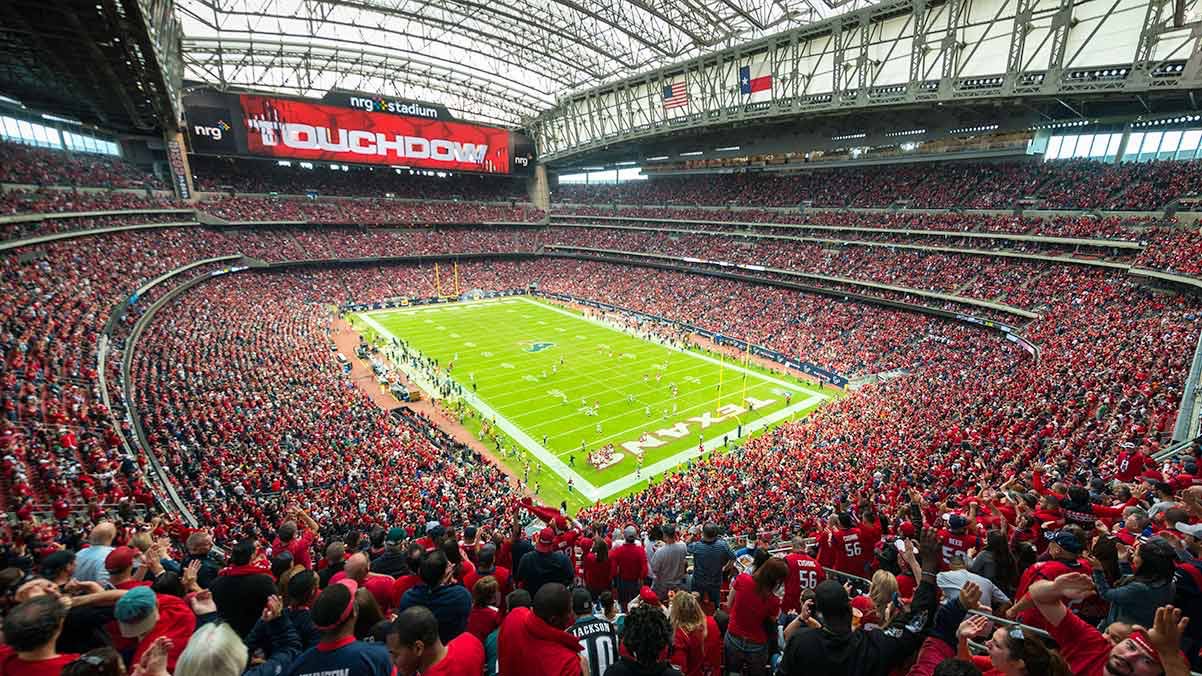
Corporate sponsors pay NFL teams to display their logos on players’ uniforms, TV transitions, merchandise, etc. In 2018, the NFL pulled in over $1.3 billion in sponsorships. The most coveted sponsorships are naming rights to NFL stadiums. According to the New York Times, the naming rights to MetLife Stadium in New York and the AT&T Stadium in Dallas are both worth $19 million a year.
What Business Trick to Drawn Out from NFL Game Plan?
To say either the business world or any competitive markets, all are fast-paced, and dynamic is still rather an understatement. For if you or any business owners are still thinking of a strategic plan for couple of years, you might later be amazed to found yourself losing share of a market you no longer recognize.
For instance, in the case of Nokia, the world’s largest wireless handset maker with a prevailing share of $100 billion market, suddenly finds itself to be nobody because of the smartphone miss-out. Lose hands to Apple and Google, who are then were not even a real business. Failing to response actively enough to the market dynamics, Nokia has paid the price.
Obviously, the speedy pace of business indicates a need to be more fluid in the way we look at strategy, even though there are always risks as you take it too far. And the lesson is more visible when you apply the NFL game plan theory.
Companies of course still need to have their own fixed “playbook” or a “game plan” since it that kind of planning would makes it easier to adapt to markets and competitive dynamics as they emerge. Anyhow, the point is leaders must not count on multiyear strategic plans. As of now, strategy should be reviewed quarterly and outlined annually. Especially, to monitor the competitive market to allow for “audibles” is the foremost aspect of planning.
At the same time, be careful to avoid taking the “dynamic” model too far. Frequent changings or executed too frequently would disrupt organizations and will do far more harm than good. That is why it is important balance periodic planning process and necessary changes.
Top 5 Principles as Essential in Football as In Business
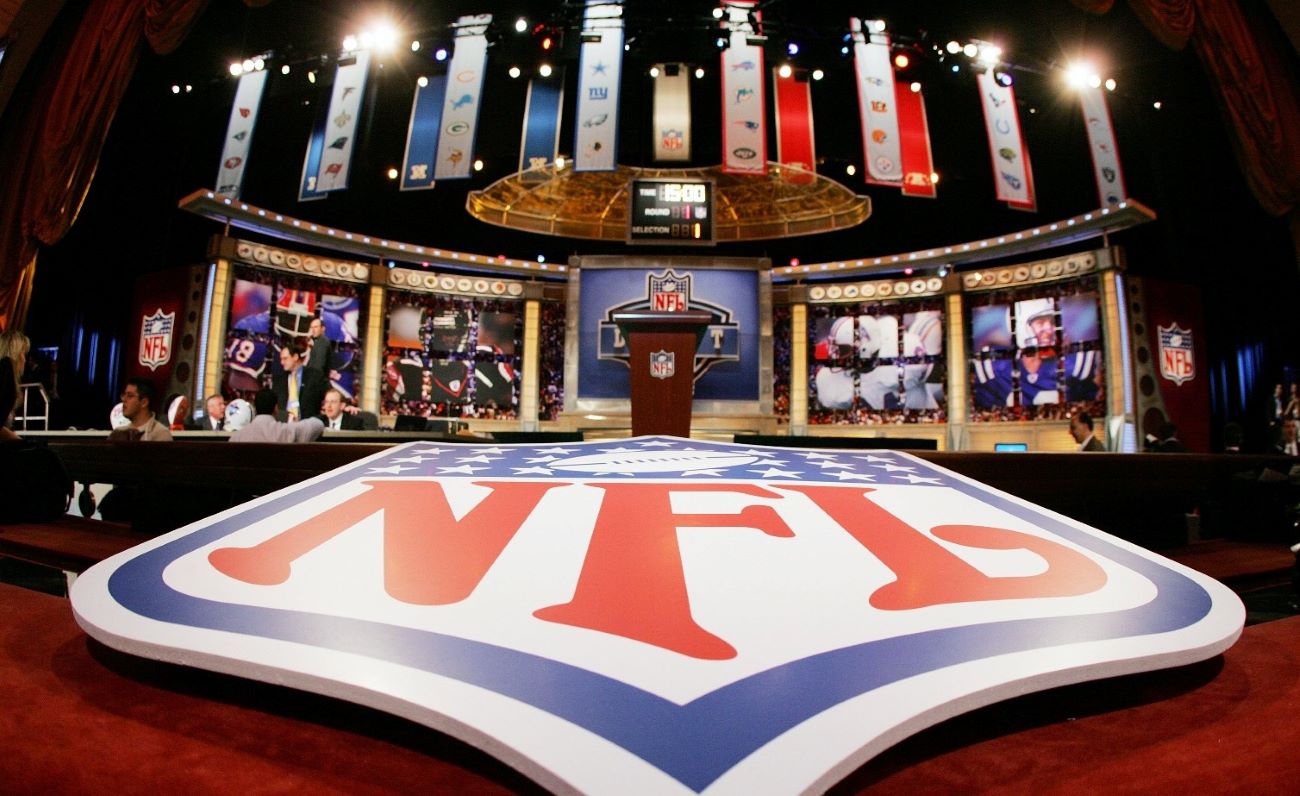
#1: Practice Is not Optional.
In sports, it is a common thing to have a play to be practiced before the actual game. Especially football, it usually takes about five days a week of preparation for only one game, with the purpose to fail in practice so they could figure it out and solve the rivals’ tricks before game day.
However, in business, practice is often understated. It is not so familiar to see a team run through presentations more than three times before pitching a new client. And after important meeting, how many people consider time for debriefing?
Try to spend some time training for the confrontation, the next time your time faces a demanding situation. It is surely to pay off.
#2: Coaches Can’t Play.
In business, leaders and managers often step in to handle tricky situations. That never happens in sports. Since coaches cannot get in the game, they have to lead from the sidelines–which builds important skills. Coaches need to communicate strategy and let players handle execution–and so do you.
Too often in business, people do the exact opposite. New managers, in particular, often simply fix mistakes or handle small tasks rather than take the time to coach their direct reports. In the short term, that just seems easier. But if managers can keep themselves “out of the game,” they can build stronger, more effective teams for the long run.
#3: Everyone Uses a Playbook.
Many companies lack defined systems and processes. With no clear “playbook” for how the company likes things done, team members end up running in different directions.
This absolutely would not fly on a sports team. Executive coach Jack Daly uses the example of a new player showing up to play on a college team. Imagine him telling the coach, “I don’t need the playbook. I’ve got my own style.” That player would earn himself a really nice spot on the bench.
Nevertheless, businesses tolerate this kind of behavior all the time. Team members simply do what works for them, and the results are very hit or miss. How much better would your business be if everyone followed a cohesive process, one that has been proven to get results?
Having a playbook makes it possible to keep up momentum when people are out sick, on vacation or leave the company.
#5: No Position Is Forever
In sports, players have a finite contract that covers employment duration and compensation, which is then renegotiated based on current market value and past performance.
In business, there is an assumption that employment will go on indefinitely and that compensation only goes up. Rarely does anyone evaluate whether a team member is still in the right role, at the right level compensation, or if a change needs to be made.
Sports teams do a much better job of unemotionally embracing the concept of current value to the team.
#6: Objectives Are Clear
Imagine playing or watching a game and having no idea how to win. In sports, the rules of the game are very clear, as is the score. In many organizations, however, employees really have no idea where the company is headed, how they are being measured or the rules that apply.
When employees are given transparent information about the company, including its financials, goals (quarterly, annual, five-year, etc.) and how their position fits into the bigger picture, they are more empowered, focused, outcome-driven and are able to find greater meaning in their work.
There is not a lot of ambiguity in sports: Everyone knows what is expected and what is needed to win, so perhaps it is not that surprising that sports teams do a better job of keeping their eye on the ball than most businesses.
Take a few pages from the sports playbook–emphasizing regular practice and focusing on goals to consistently ensure that the right player is in the right spot at the right time at your company. These winning strategies can help you come out on top.
What Is the Special Marketing Recipe the NFL Is Having?
Reward Your Loyal Customers
The NFL’s audience is more than just consumers, but they are an enthusiastic community that eats, sleeps, and breathes NFL. To encourage the most passionate fans, the NFL creates special campaigns, giveaways, and promotions just for them. In 2016, the NFL gave away 500 Super Bowl tickets to the most dedicated football fans.
While your small business might not have a customer base quite as big as the NFL, there is a lot of value in rewarding your most loyal customers.
Do not Forget about the Untapped Audiences
Even though the NFL’s audience is already huge, they continue to target new markets in a variety of ways. To appeal to new geographic demographics, the NFL holds games abroad each season and recently began offering game streaming on mobile devices for international fans. NFL Latino also reaches out to the Latino demographic with tons of Spanish content.
From the star-studded halftime shows and commercials, the Super Bowl has become the biggest way the NFL targets those who do not usually watch football on Sundays. For your business, continue to think about what markets you are not reaching and come up with ways you can target them.
Partnerships are important
In March, 2018, Nike and the NFL signed an 8-year partnership worth about $1 billion. The league also maintains tons of other official sponsors including Pizza Hut, Anheuser-Busch, and Gatorade. All parties benefit from the marketing exposure and gain opportunities for new customers.
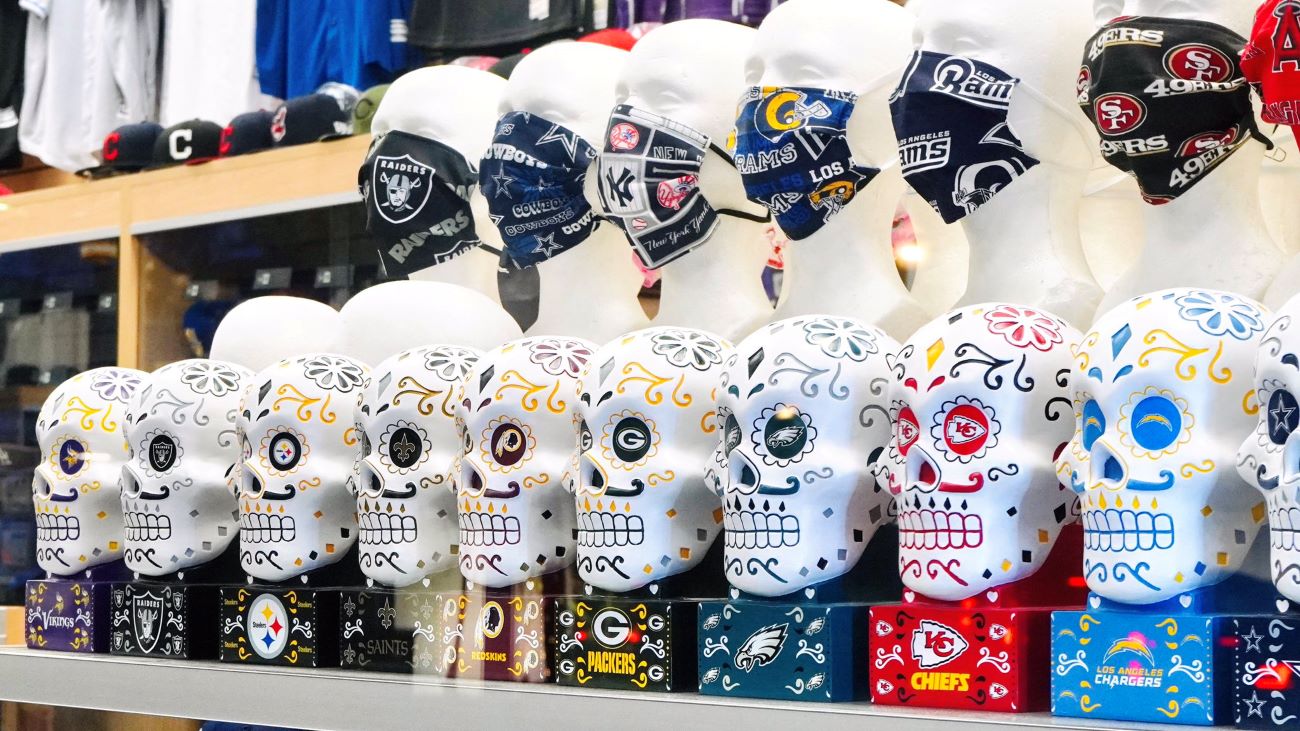
The NFL’s work with other corporations shows the value of collaboration between businesses. Work with other small businesses in your local area to promote each other’s services and team up for giveaways, events, and contests.
The Bottom Lines
Either the football game itself or the ace management, NFL group is no doubt an all-year-round productive business model. However, the company is seeing some health problem, and even quite of an effort has made to spread out many new health campaigns, stats still show signs of declining numbers.
Recently, during the pandemic, to setoff stadium tickets, the group has fill out seats with ads. Obviously, that is just a temporary solution for facing off such hardship in the current time. Will we see any new savvy strategies from this house soon? Stay tune if your business still in need to seek out some more lesson from this sport king!

